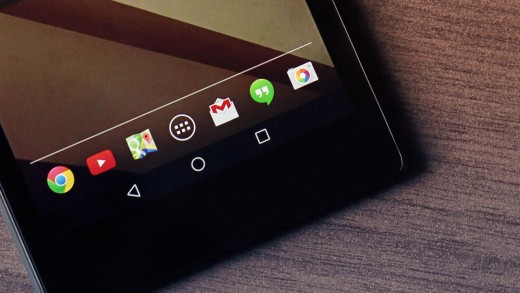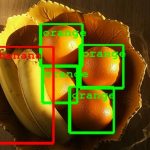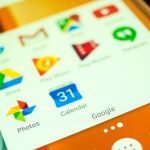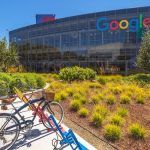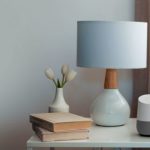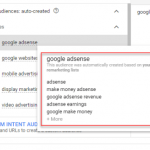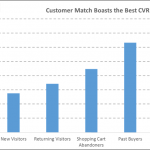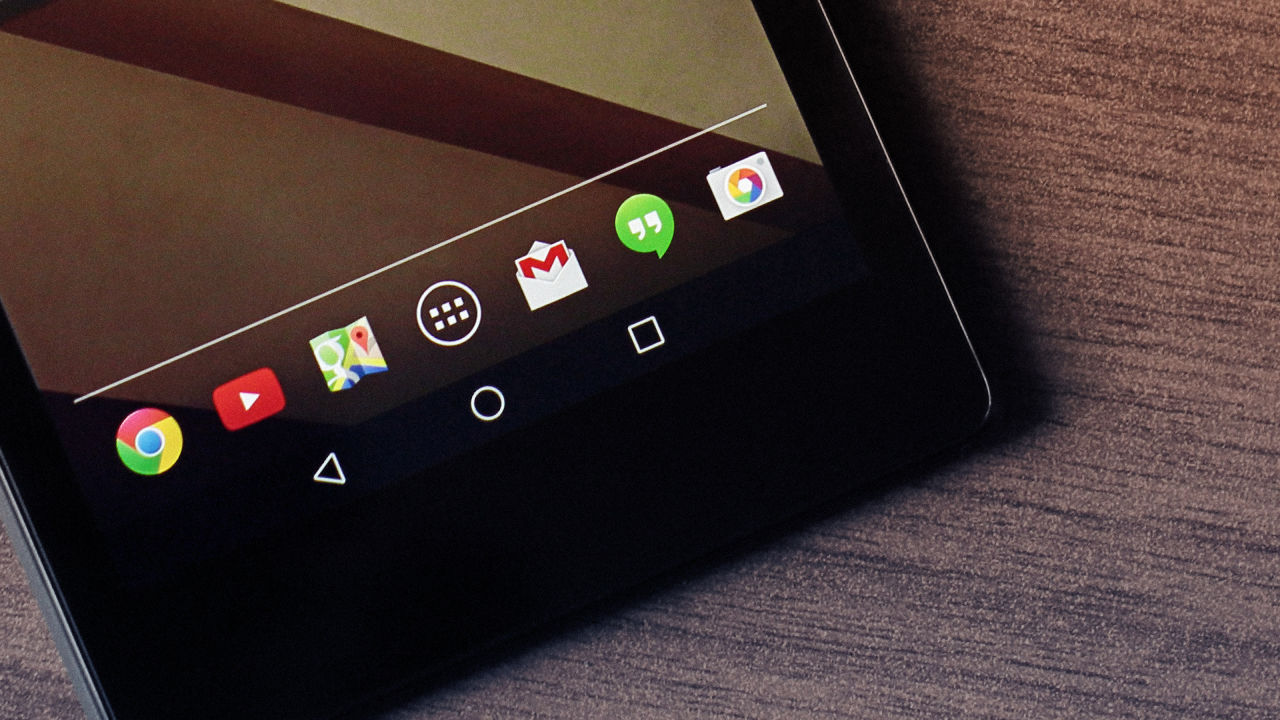Google’s Hiroshi Lockheimer On the current And future of Android And Chrome OS
The engineer answerable for Google’s operating techniques says they’re both an identical and different—and add as much as an overarching imaginative and prescient.
may just 26, 2015
In 2005, device engineer Hiroshi Lockheimer received a call from Andy Rubin, his former boss at threat research, the creator of the Sidekick (aka Hiptop), the primary really net-savvy smartphone. Rubin was now at Google, which had recently obtained his new startup. Lockheimer used to be engaged on web television instrument for Microsoft, after stops at Palm and just right technology.
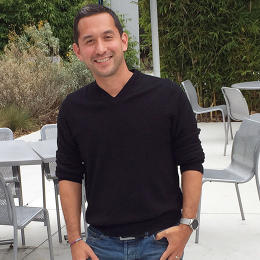
“He knew my passion in shopper gadgets, and namely wireless gadgets,” Lockheimer remembers. “He referred to as me up and said, ‘hello, you understand, we’re doing this factor at Google now, we obtained obtained. i will be able to’t truly let you know what we’re doing, but i feel you’re really going to be fascinated by it. You will have to come speak to us.'”
Lockheimer did speak to Rubin, and ended up joining Google in January 2006 to make contributions to a brand new mobile running device. It didn’t ship on a cellphone for just about two years. but Lockheimer is still working on Android as of late as a Google VP of engineering, a position that includes oversight of each it and Chrome OS, the working machine that powers Chromebooks such as Google’s own Pixel.

On the eve of Google’s annual I/O developer conference, I visited Lockheimer at Google’s headquarters in Mountain View, Calif. to speak in regards to the present state of Android and Chrome OS—and why Google thinks it can be logical, quite than inefficient, to have two running programs.
a billion phones A year, And extra
The mystery mission that Lockheimer joined Google to work on in 2006 is now via a long way the sector’s dominant mobile working device when it comes to market share. Android shipped on greater than a thousand million smartphones in 2014—and powers much of Google’s ever-increasing ambitions relating to client electronics of all sorts.
“I had no concept that that is the place we’d be nine-plus years later,” he says. “possibly we must were dreaming bigger desires, however this has far passed my expectations, and it is kind of actually humbling, in truth. i am carrying a watch which is working Android now. i’ve a television set at dwelling that’s working Android. i am trying out cars which have Android operating in them.”
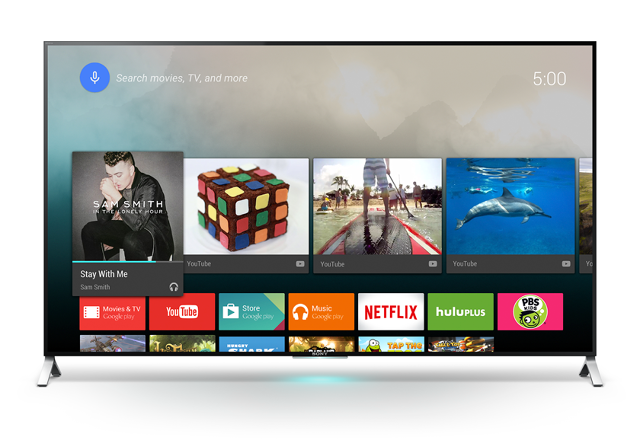
even though Android nonetheless feels like it has lots of new frontiers ahead of it, it’s also feeling more and more mature: At this point, it’s an working system with out so much in the way in which of obvious flaws or main lacking features. one can find that in the slowing % of huge updates. The Cupcake, Donut, Eclair, Froyo, Gingerbread, and Honeycomb variations had been released at breakneck pace over a total length of not up to two years between 2009-2011. these days’s Android improvements can still be giant—remaining yr’s Lollipop model presented an especially bold aesthetic makeover known as material Design—but they arrive at an iOS-like annual p.c..
“As we’ve got grown as a platform, we realize that to a degree predictability is necessary for the entire industry: developers, producers, operators, and consumers, frankly,” Lockheimer explains. “So we have landed with type of a every year cadence of massive releases, so, as an example, three hundred and sixty five days we release J, the next yr we release ok, and then the 12 months after that L, and then this 12 months we will launch M, and so you could predict what’s going to occur subsequent year.”
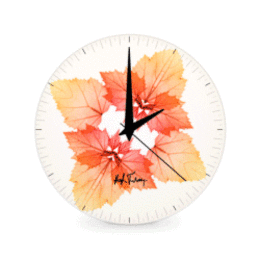
but he pushes back in opposition to any belief that it’s getting more difficult for Google to figure out find out how to improve Android. And its evolution is not only about hanging it on new varieties of devices. “The trick is to not consider them in isolation,” Lockheimer says. “it’s really about enthusiastic about these different displays, if you will, holistically. How do they work with every different? A watch, and a telephone, and a television, and a automobile, and a tablet, how can they coordinate, and how can they in reality enrich our lives, and make issues that had been tougher sooner than extra helpful?”
He provides an instance: “sooner than you get for your car, possibly you might be planning your go back and forth, you might be planning no matter restaurant you’re going to, and you do this on your pc, at your own home or at your workplace. then you definitely get into your automobile, and then you have to do that search all over once more to find the address, and put it into your automotive.”
“smartly, should not your car know that you just simply regarded this factor up, and bet that which is most certainly where you are going to want to go? These are things that we can now allow with the aid of having a standard platform.”
A less Fractured operating machine
Android’s defining attribute—as conveyed in its “Be together. now not the same” advert marketing campaign—is that it can be to be had on a multitude of gadgets from hardware makers who can tweak it to their liking. For years, most of them did a lot of tweaking, not always to the working device’s merit. lately, although, major phones similar to Samsung’s Galaxy S6 have used it in one thing nearer to its unvarnished state. I asked Lockheimer for his thoughts on this pattern away from customization for personalization’s sake.
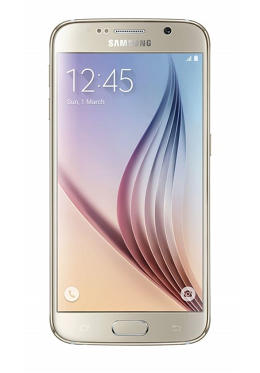
“As a part of my job, I do meet with lots of our partners, together with manufacturers and operators and so forth, and silicon companies and the entire stack,” he advised me. “And i have observed the identical thing, which is that the producers seem to have reached a new form of equilibrium around the customization that they do on top of Android. one of the crucial core principles of Android has been, it’s open supply, and amenable for manufacturer differentiation. We didn’t wish to construct an operating machine where the manufacturers just did not have a option to differentiate, as a result of we failed to assume that may assist adoption. i’m speaking about 10 years ago, 9 years in the past.”
subject material Design—a defining aesthetic now not just for Android but for Google products typically—has left hardware makers much less inclined to put their own stamp on Android, Lockheimer says. “producers notice that design has a reputation, and it has a reputation because it is a tremendous, large funding from Google and the developer ecosystem rallying round this one design tenet. we now have labored very carefully with their design groups and update them on roadmaps and take their remarks, in order that they’re a part of the method, in order that they feel invested in it. i believe it is been a huge success for us.”
New Bosses, New responsibilities
Lockheimer was once once a part of a triumvirate that ran Android, along with Rubin and Hugo Barra. It was once dissolved in 2013, when Rubin stepped down as the operating system’s chief and Barra left Google for chinese language smartphone kingpin Xiaomi. Now the OS falls into the big share of Google operations reporting to senior VP Sundar Pichai, together with search, Gmail, Chrome, Apps, Maps, Google+, and more.
when I requested Lockheimer about his working relationship with Pichai, he did not explicitly contrast it with the Rubin era. but he did describe a company that isn’t siloed off from other Google choices and company targets. “we do not really discuss org charts, per se,” he says. “We speak about what are the merchandise that we wish to construct, and then we get into the details—’okay, what is the best way by which to build these merchandise’—but it surely always starts with the first idea, which is great user experiences.”
In October of ultimate 12 months, any other round of reorganization put Lockheimer in control of Chrome OS in addition to Android, bringing Google’s working systems nearer together than ever sooner than. The move led some observers to wonder if Google supposed some kind of unification of the two OSes. Lockheimer, now not extraordinarily, isn’t talking about any such plan—which, with Android gadgets promoting with the aid of the billion and Chromebooks doing well in niches equivalent to k-12 schooling, would not really feel like an pressing matter finally.
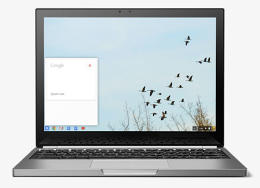
as a substitute, he emphasizes the worth of having completely different platforms for different sorts of gadgets. “At some very base degree, an running machine is an running system,” he says. “there is silicon and there’s instrument, and people two issues wish to speak to each other. however the place they do begin to diverge—or possibly specialize is a greater phrase—is as you get nearer and closer to the user experience.” pc-fashion Chromebooks, for instance, have always paid attention to keyboard shortcuts; touchscreen-oriented Android devices, now not a lot.
nonetheless, with the OSes under joint administration, it can be easier to share knowledge—which is helpful even within the case of keyboard shortcuts, now that extra persons are using Android pills with Bluetooth keyboards. enforcing toughen for technology requirements can be executed with both Android and Chrome OS in mind: As Lockheimer places it, “Wi-Fi is Wi-Fi.” And bringing the teams closer makes it more uncomplicated to put into effect pass-platform features equivalent to the ability to make use of an Android cellphone to unencumber a Chromebook.
towards the tip of our conversation, I asked Lockheimer how a lot time he spent occupied with Android’s and Chrome OS’s future prior the next unlock or two, and what they might look like a number of years from now. i thought I was giving him a chance to wax eloquent on pie-in-the-sky stuff. as a substitute, he stayed practical, and mentioned that developing running methods can’t be completed in isolation from the elements they use and the gadgets they are going to run on. operating engineering for these two working methods requires him to take into accounts everything from chips to merchandising.
“it is now not simply the know-how,” he instructed me. “it’s concerning the go-to-market. it is about the retail. it can be in regards to the manufacturing. it can be about the chipsets. What are the capabilities of a display two years from now? maybe there are new technologies which are in the roadmap for a display firm, and perhaps we are able to comprise those issues.”
“it can be an awfully extensive view that we want to take, and i are attempting my best possible to try this.”
(119)

